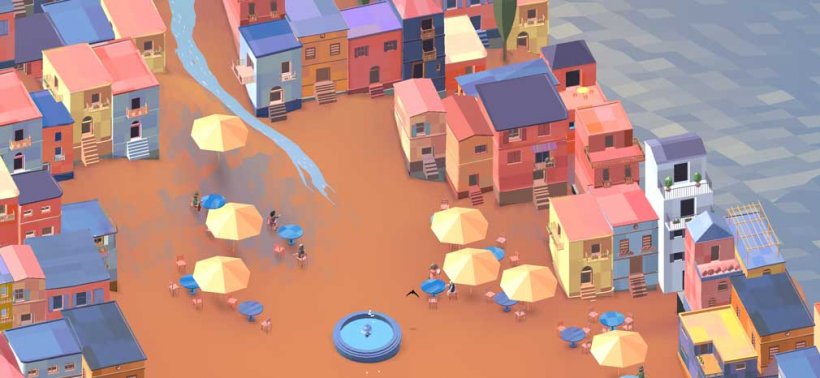"Rediscovering The Sims 1 & 2: Features Fans Miss"
- By Simon
- May 13,2025
The early iterations of Will Wright’s iconic life simulation games, The Sims 1 and 2, were packed with charming details, immersive mechanics, and quirky surprises that have since been left behind. From deeply personal memory systems to unique NPC interactions, these lost features were integral to the magic of the original games. As the series evolved, many of these beloved elements faded away. In this article, we delve into a nostalgic journey, revisiting the forgotten gems of the first two games — features that fans still miss and yearn to see return.
 Image: ensigame.com
Image: ensigame.com
Table of Contents
- The Sims 1
- Authentic Plant Care
- Can’t Pay, Can’t Eat!
- A Genie’s Unexpected Gift
- The School of Hard Knocks
- Realistic WooHoo
- Fine Dining
- Thrills and Spills
- The Price of Fame
- Spellcasting in Makin’ Magic
- Singing Under the Stars
- The Sims 2
- Running a Business
- Higher Education, Higher Rewards
- Nightlife
- The Excitement of Apartment Life
- Memories That Last, Love That Doesn’t
- Functional Clocks
- Shop ‘Til You Drop
- Unique NPCs
- Unlocking Hobbies
- A Helping Hand
The Sims 1
Authentic Plant Care
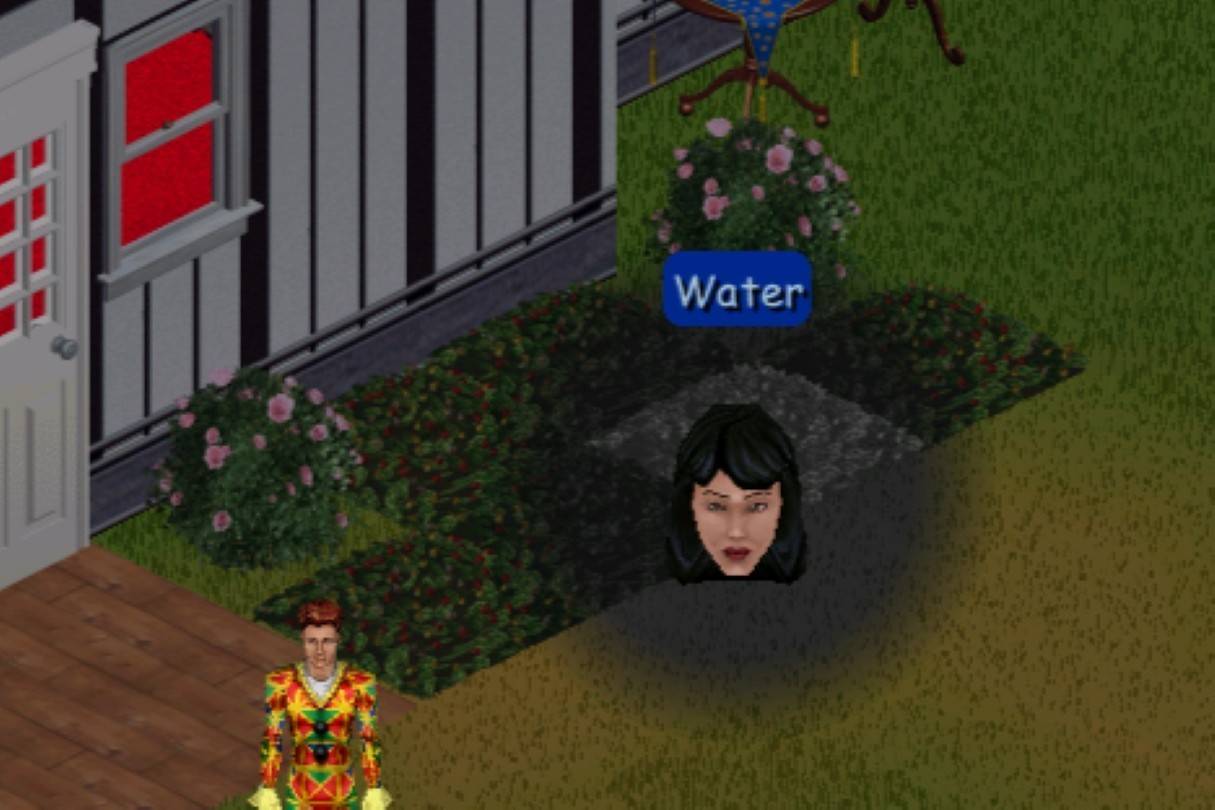 Image: ensigame.com
Image: ensigame.com
In the original game, certain indoor plants demanded regular watering to thrive. Neglecting them led to wilting, which not only marred the home's aesthetics but also decreased the "Room" need, subtly urging players to keep their spaces vibrant.
Can’t Pay, Can’t Eat!
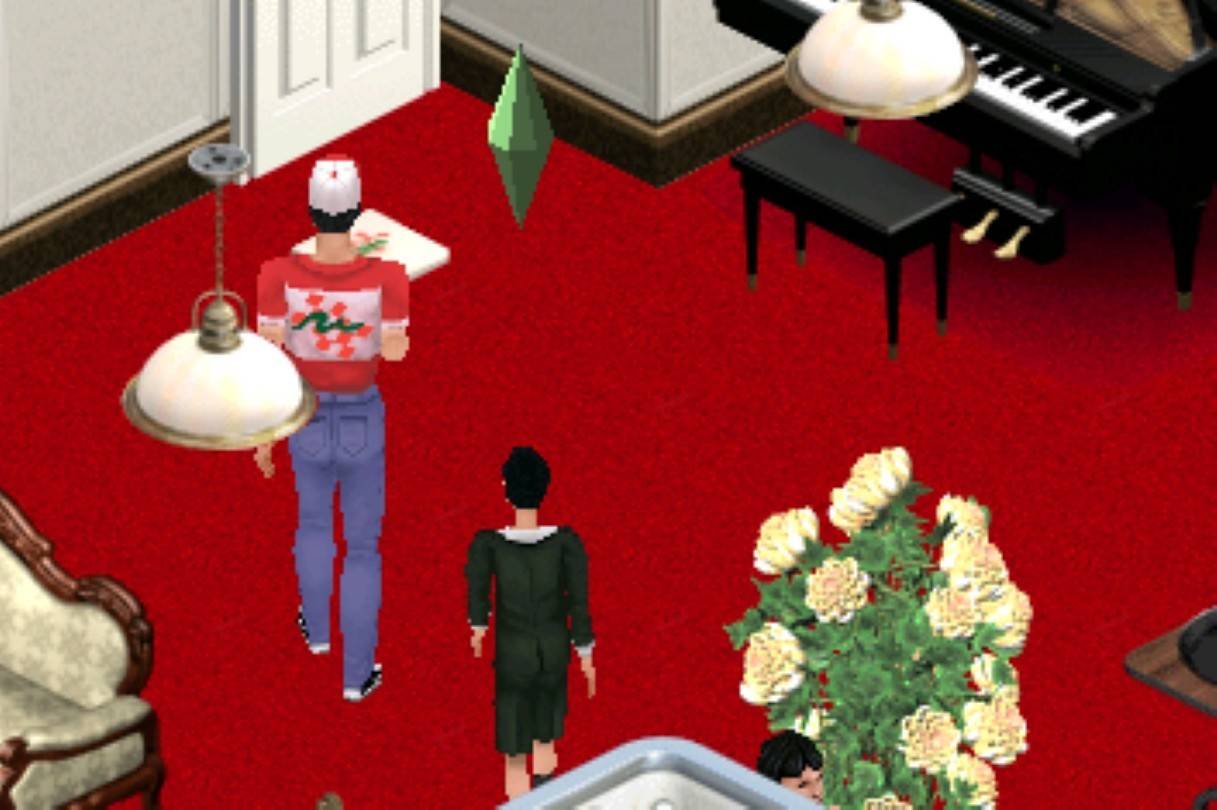 Image: ensigame.com
Image: ensigame.com
Freddy, the pizza delivery man, would express frustration if a Sim couldn't pay for their order. Instead of leaving quietly, he would reclaim the pizza and depart, adding a humorous yet realistic touch to the game.
A Genie’s Unexpected Gift
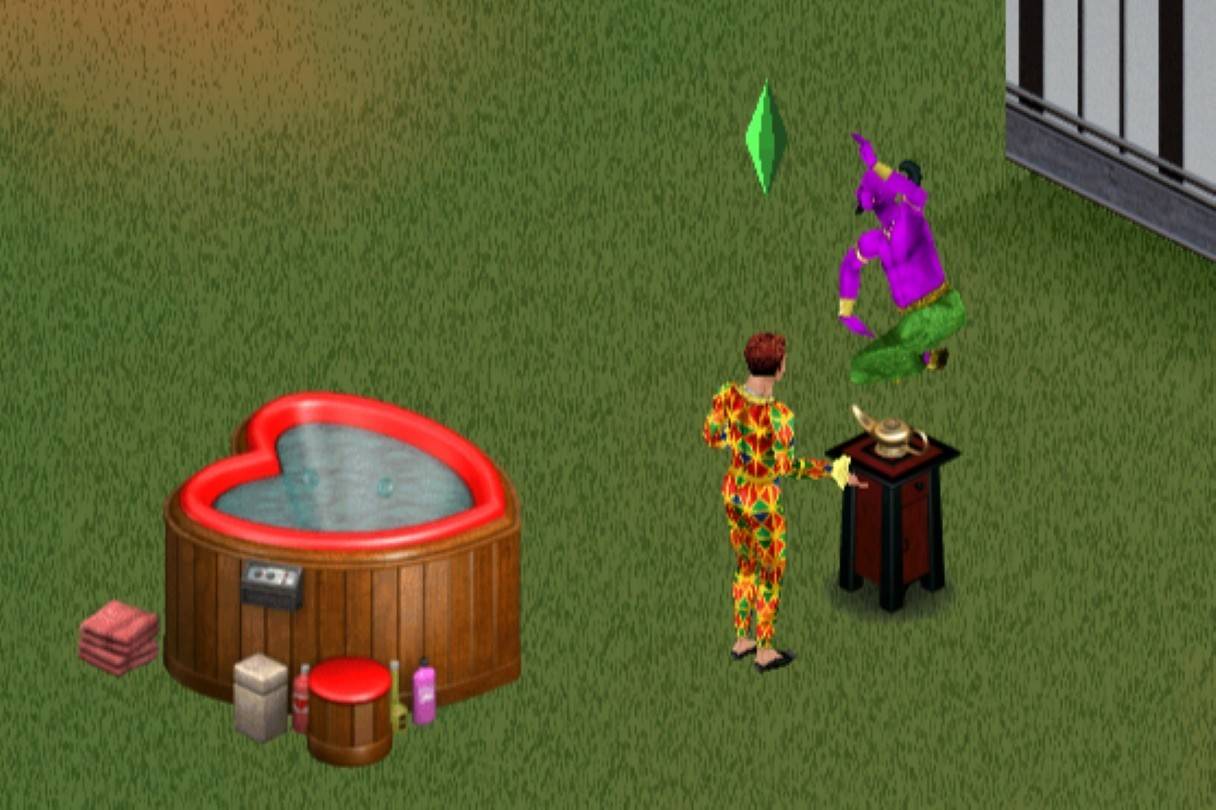 Image: ensigame.com
Image: ensigame.com
The genie lamp, a magical item, could be used once a day to grant wishes with lasting effects. However, choosing the "water" wish could lead to an unexpected reward — a luxurious hot tub. This twist was particularly delightful during self-imposed challenges like rags-to-riches, where the hot tub's arrival felt like a stroke of fortune.
The School of Hard Knocks
 Image: ensigame.com
Image: ensigame.com
Education was pivotal in the lives of Sims. Academic success could bring monetary rewards from grandparents, while poor performance resulted in being sent to military school, a permanent removal from the household.
Realistic WooHoo
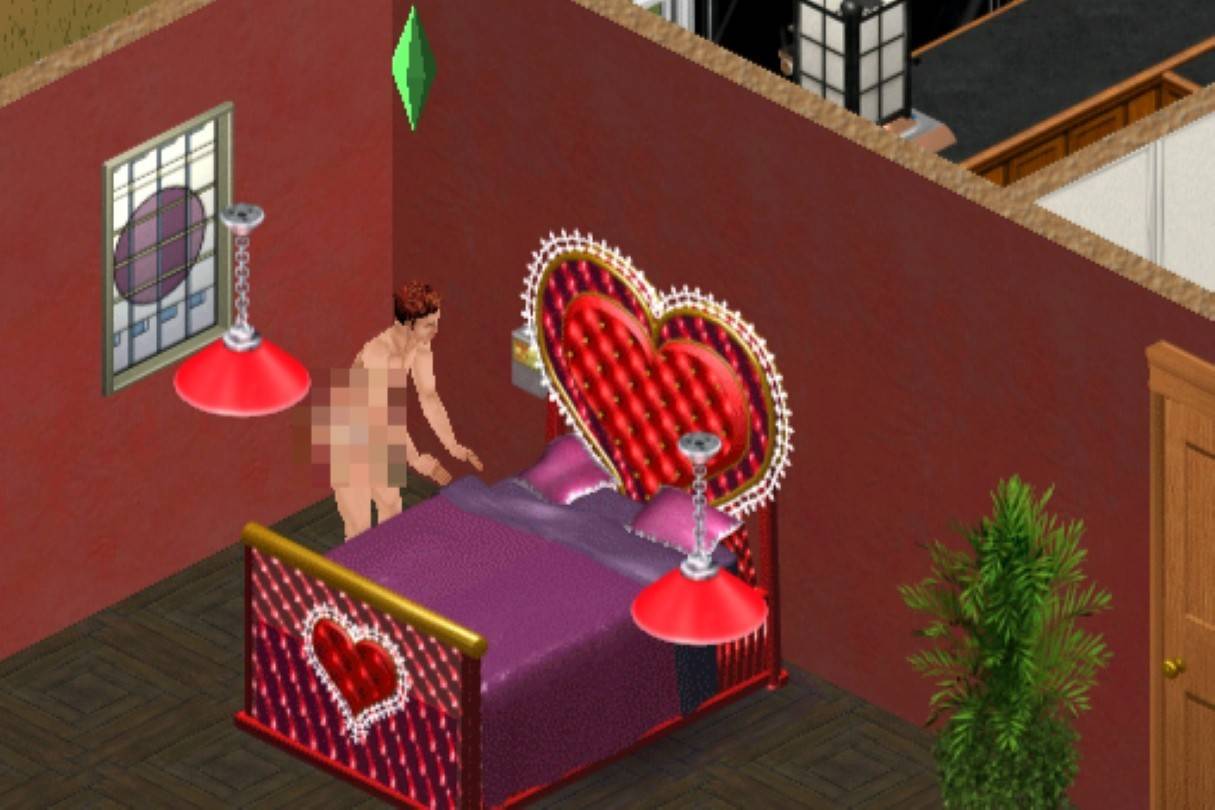 Image: ensigame.com
Image: ensigame.com
WooHoo in the original game was remarkably realistic for its time. Sims would undress before engaging, and post-woohoo reactions varied widely, from crying and cheering to laughter and disgust, adding depth to their interactions.
Fine Dining
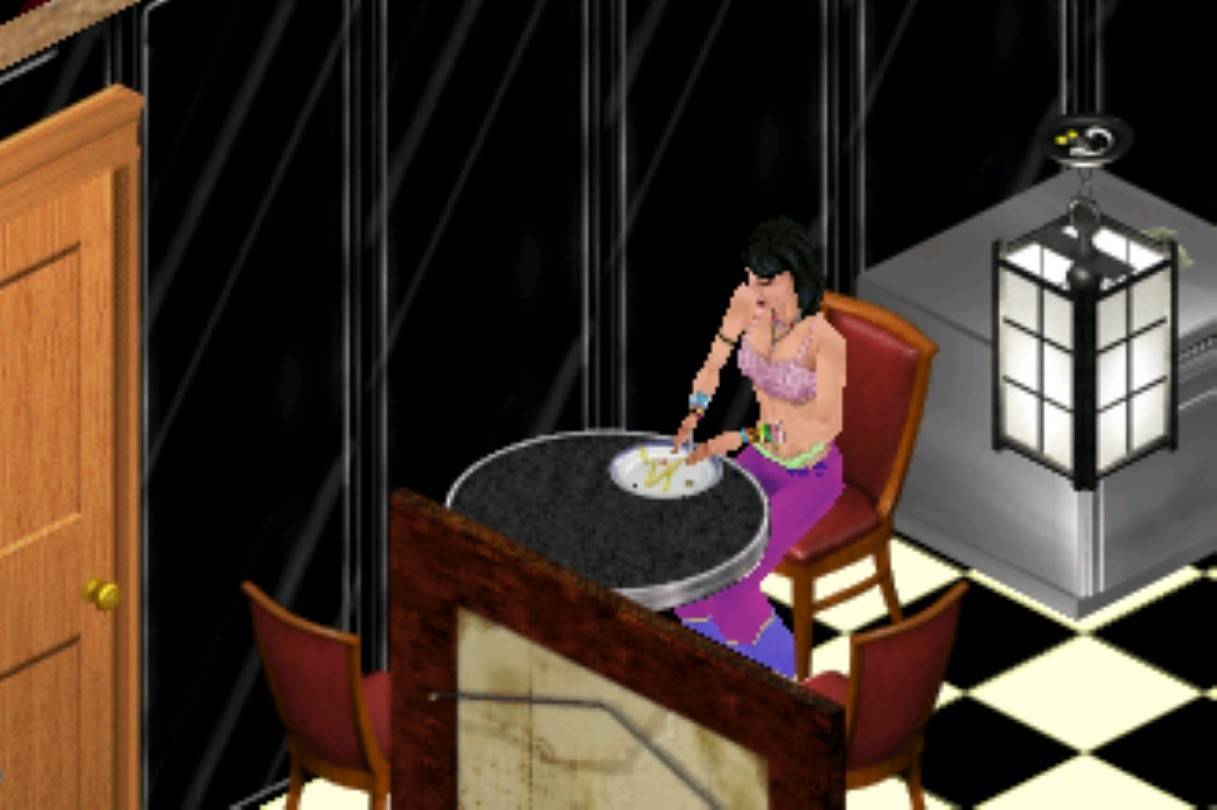 Image: ensigame.com
Image: ensigame.com
Sims showcased sophisticated dining etiquette, using both a knife and a fork, a level of detail that later games simplified, much to the nostalgia of fans.
Thrills and Spills
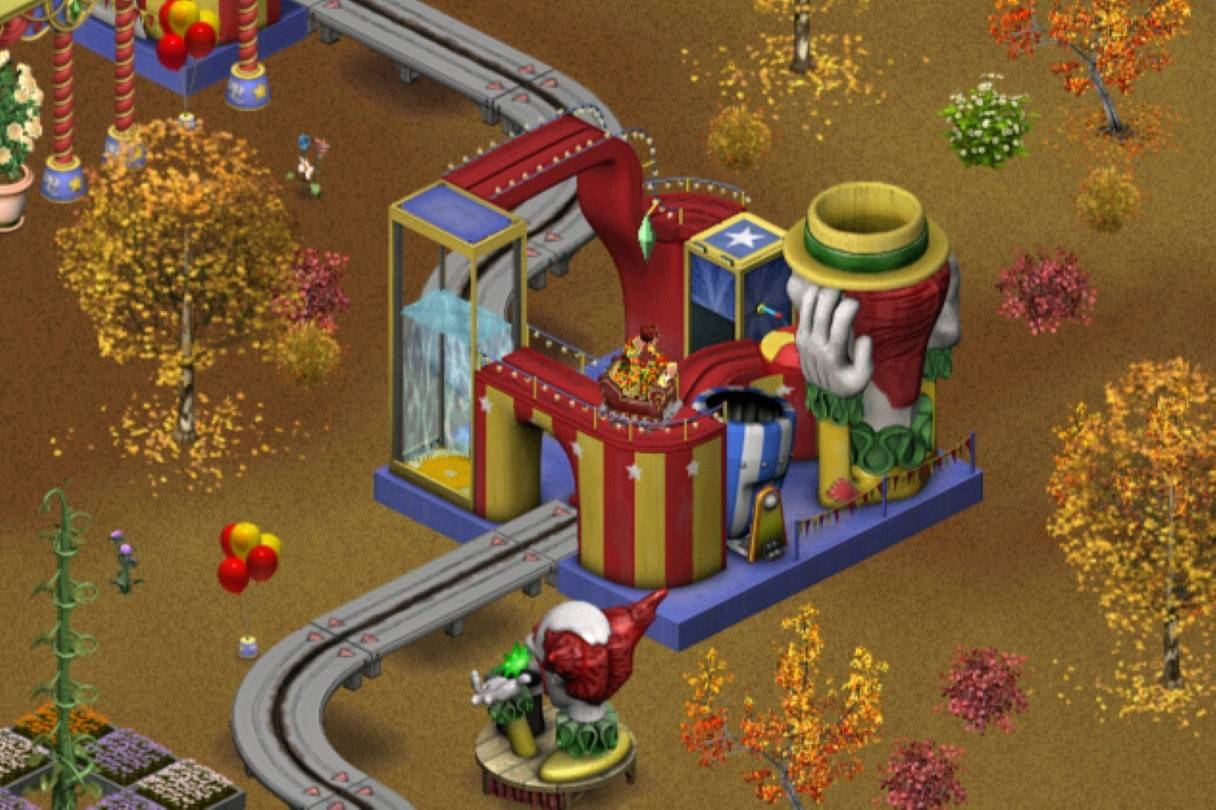 Image: ensigame.com
Image: ensigame.com
The Sims: Makin’ Magic introduced roller coasters, adding excitement with two distinct rides in Magic Town — one in Clowntastic Land and another in Vernon’s Vault. Players could also build their own, bringing thrills to any community lot.
The Price of Fame
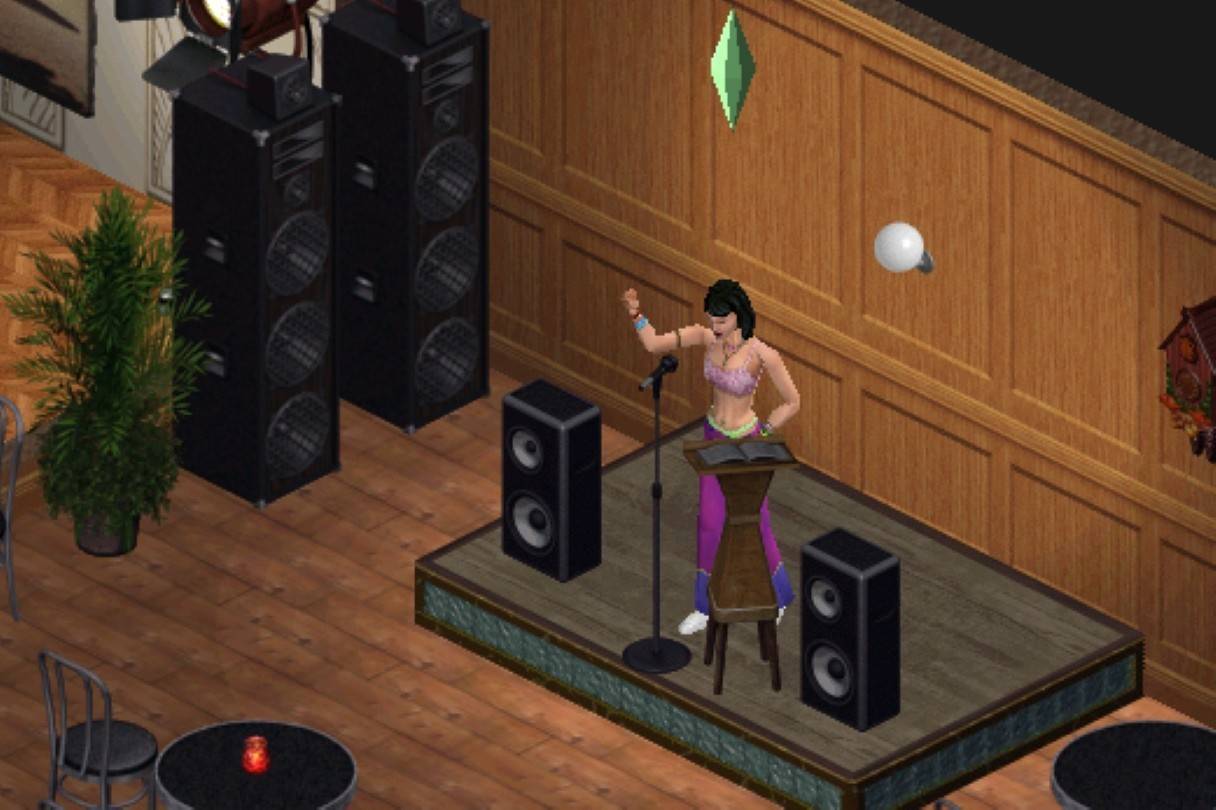 Image: ensigame.com
Image: ensigame.com
In The Sims: Superstar, Sims could chase stardom through the SimCity Talent Agency. Fame was measured by a five-star Star Power system, fluctuating with performance quality, work ethic, and even mental health, with the risk of being dropped if neglected.
Spellcasting in Makin’ Magic
 Image: ensigame.com
Image: ensigame.com
Makin’ Magic brought a detailed spellcasting system, with The Start Here Spellbook guiding Sims in crafting spells. Notably, it was the only entry where children could cast spells, adding a magical dimension to their play.
Singing Under the Stars
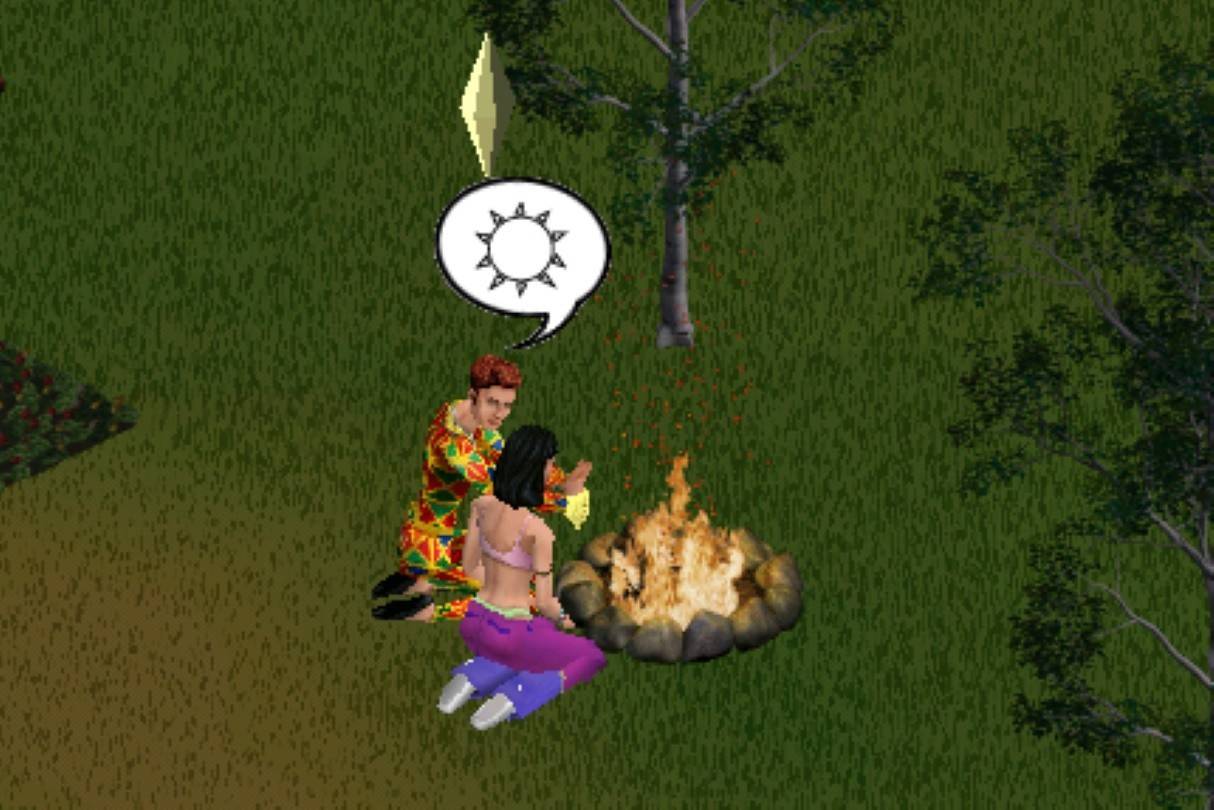 Image: ensigame.com
Image: ensigame.com
Campfire singalongs offered a cozy social experience, with Sims singing folk songs, enhancing the game's immersive atmosphere.
The Sims 2
Running a Business
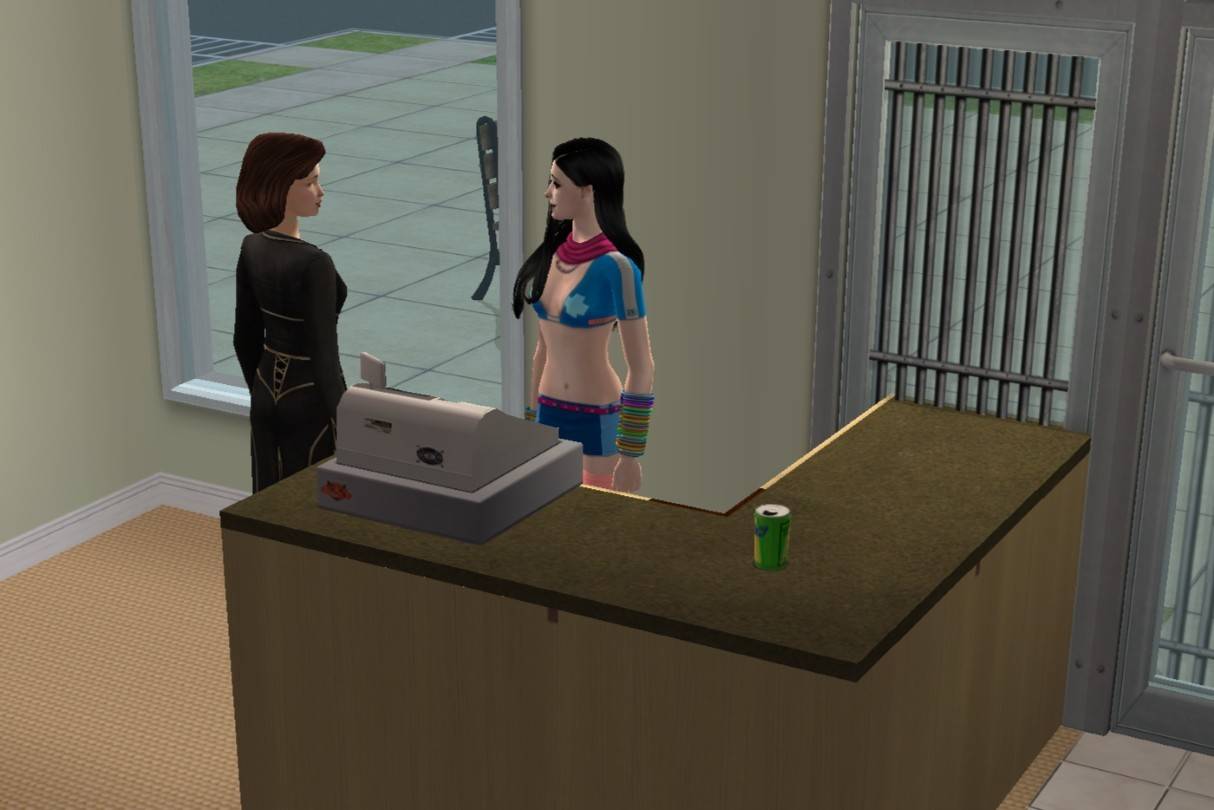 Image: ensigame.com
Image: ensigame.com
The Sims 2 allowed Sims to become entrepreneurs, starting businesses from home or dedicated venues. From fashion boutiques to restaurants, Sims could hire and manage staff, aiming to become moguls or innovators.
Also read: 30 best mods for The Sims 2
Higher Education, Higher Rewards
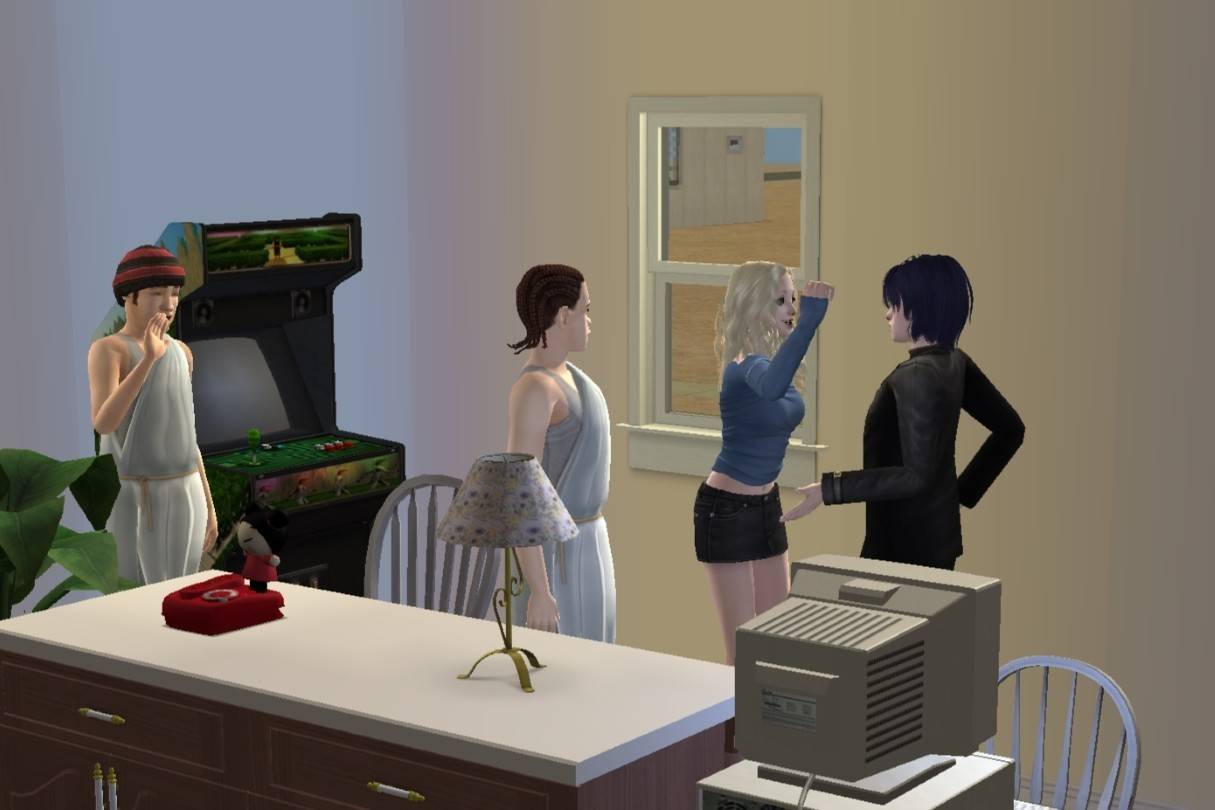 Image: ensigame.com
Image: ensigame.com
With University, teens could transition to young adulthood, enrolling in college and choosing from ten majors. Balancing academics and social life, graduation unlocked advanced career paths, emphasizing the value of higher education.
Nightlife
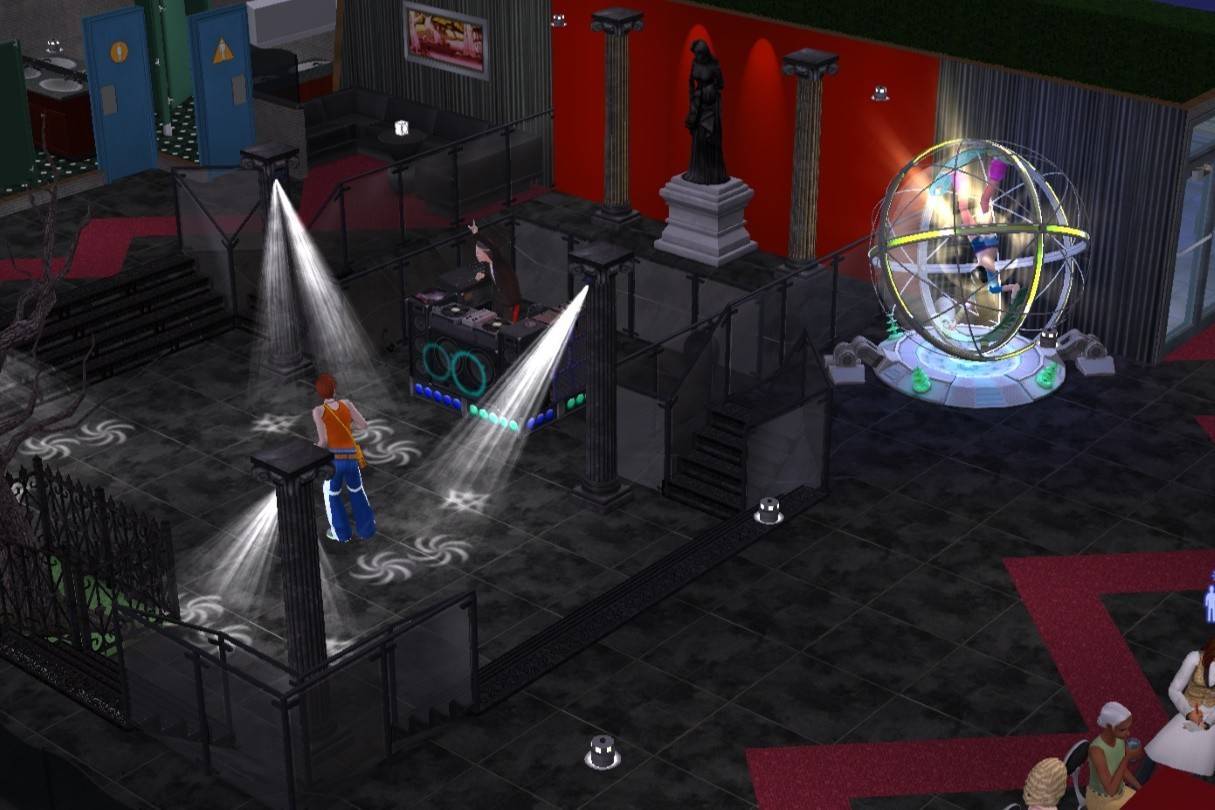 Image: ensigame.com
Image: ensigame.com
Nightlife expanded social dynamics with inventories and new interactions. Romantic dates could leave gifts or hate letters, and iconic NPCs like DJs and vampires added to the game's vibrant social scene.
The Excitement of Apartment Life
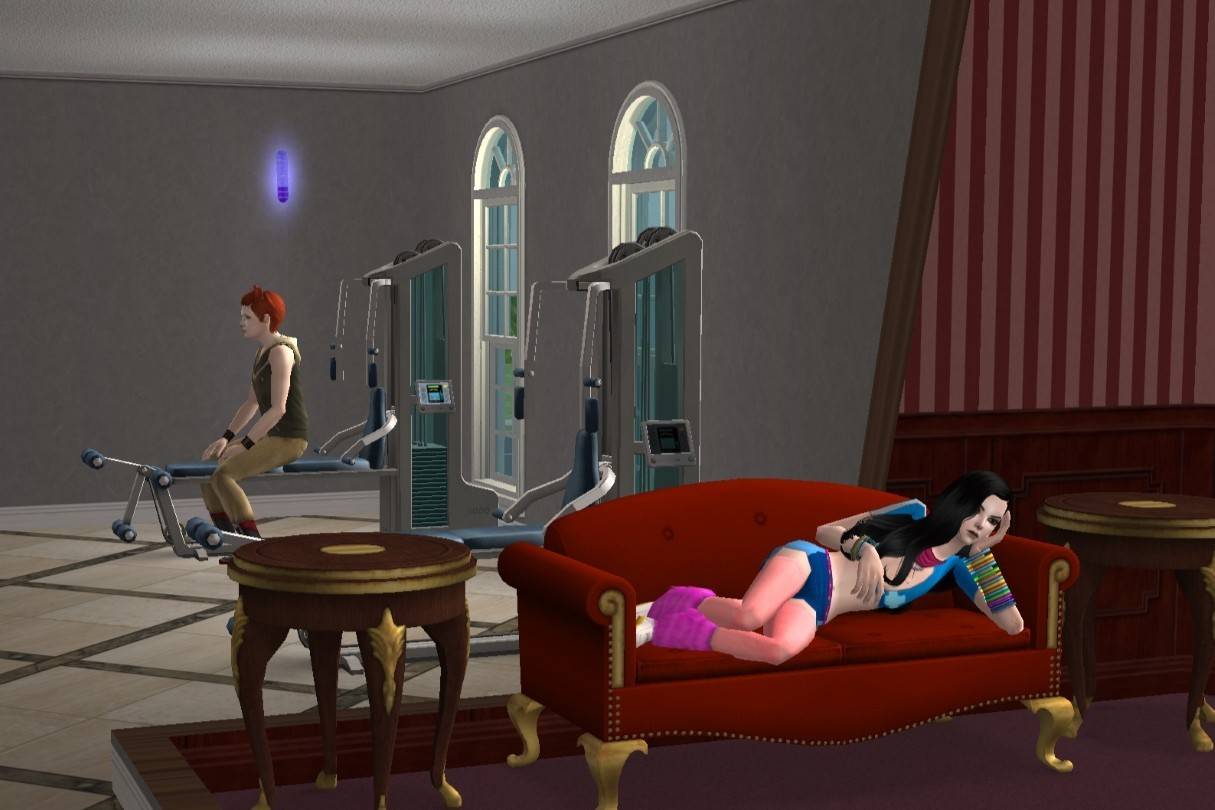 Image: ensigame.com
Image: ensigame.com
Apartment Life introduced urban living, with Sims moving into bustling buildings. Close quarters fostered new relationships and opportunities, from socializing in coffee shops to enjoying city life.
Memories That Last, Love That Doesn’t
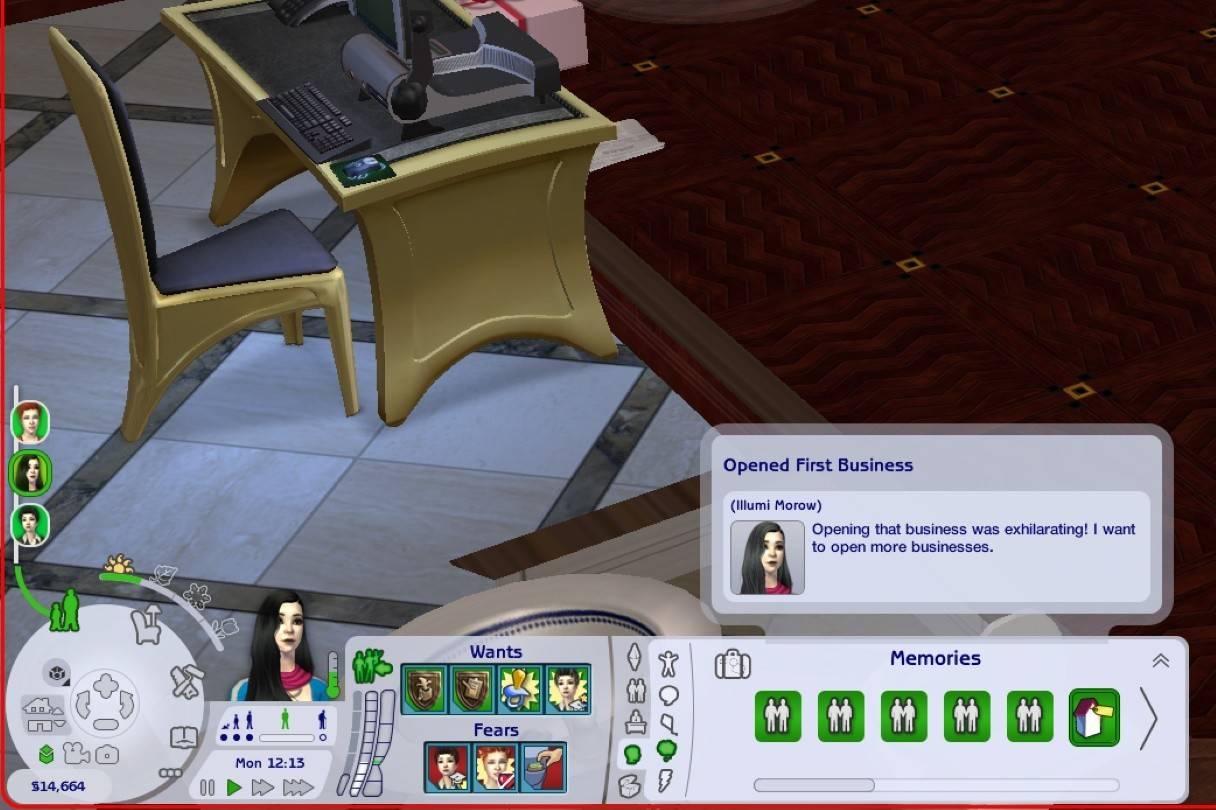 Image: ensigame.com
Image: ensigame.com
The Sims 2's memory system allowed Sims to recall life events, shaping their personalities and interactions. Unrequited relationships added realism and drama, with Sims developing deep feelings that might go unreciprocated.
 Image: ensigame.com
Image: ensigame.com
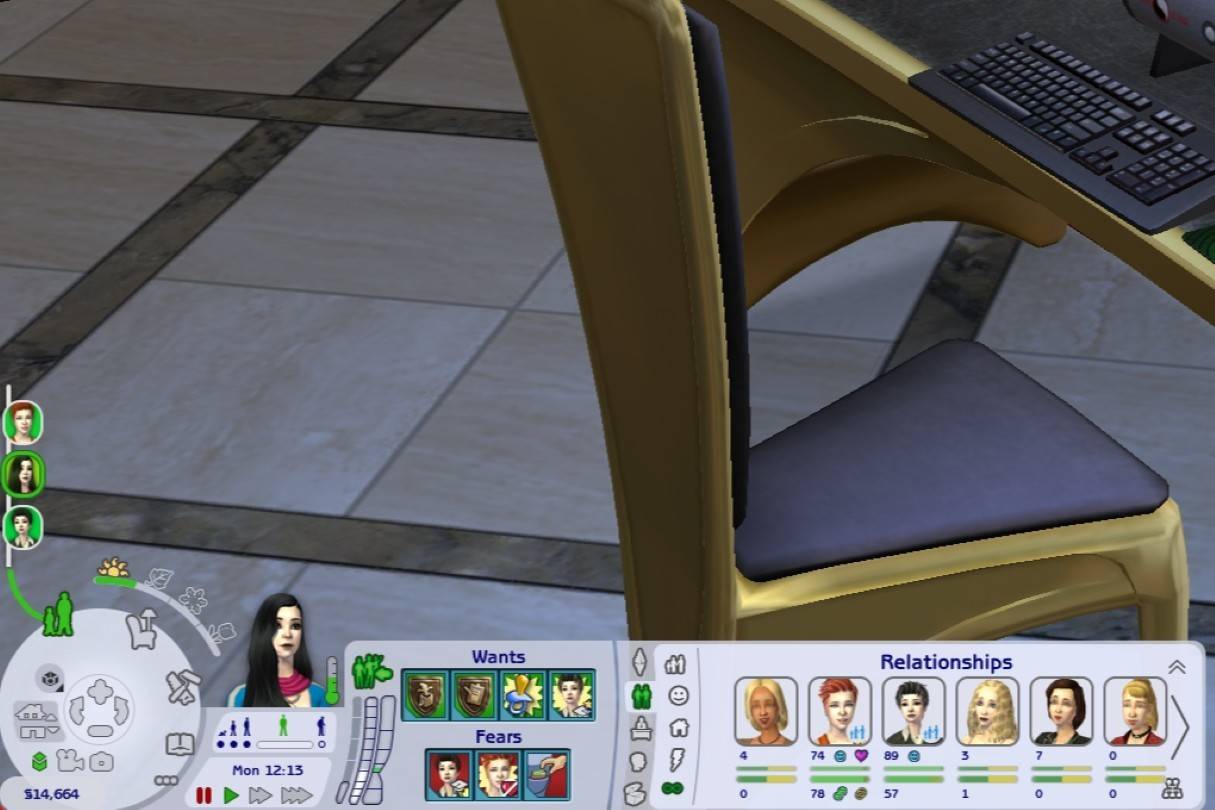 Image: ensigame.com
Image: ensigame.com
Functional Clocks
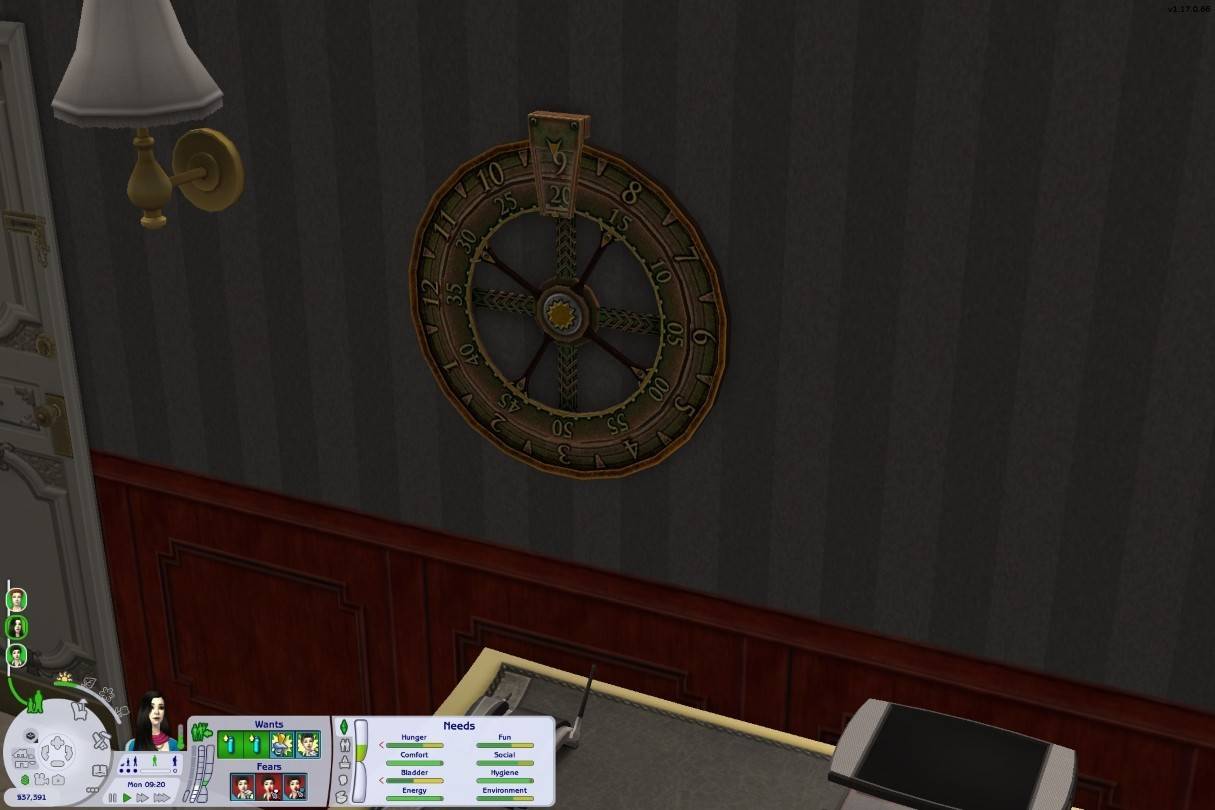 Image: ensigame.com
Image: ensigame.com
Clocks in The Sims 2 displayed real-time, enhancing gameplay by allowing players to track in-game hours without relying solely on the interface.
Shop ‘Til You Drop
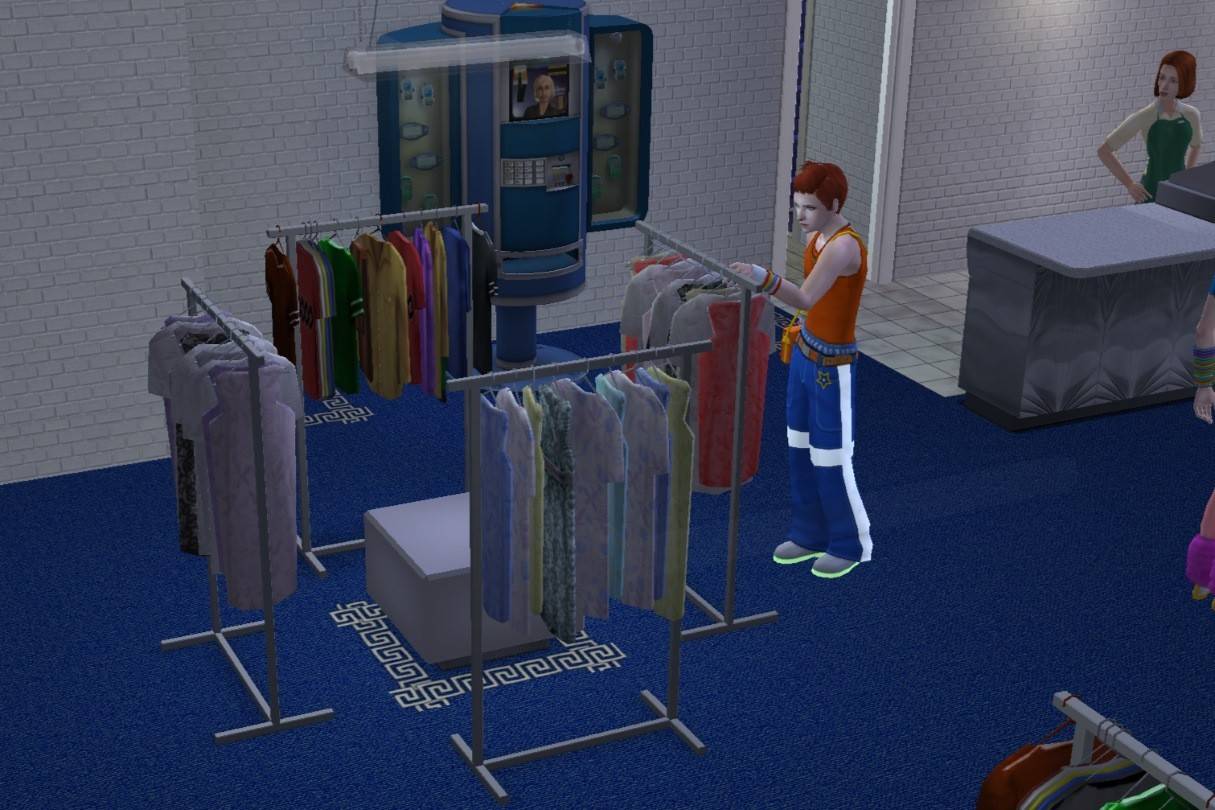 Image: ensigame.com
Image: ensigame.com
The Sims 2 required Sims to shop for essentials like food and clothing. Unlike later games, where items appeared magically, Sims needed to visit stores, adding realism to daily life.
Unique NPCs
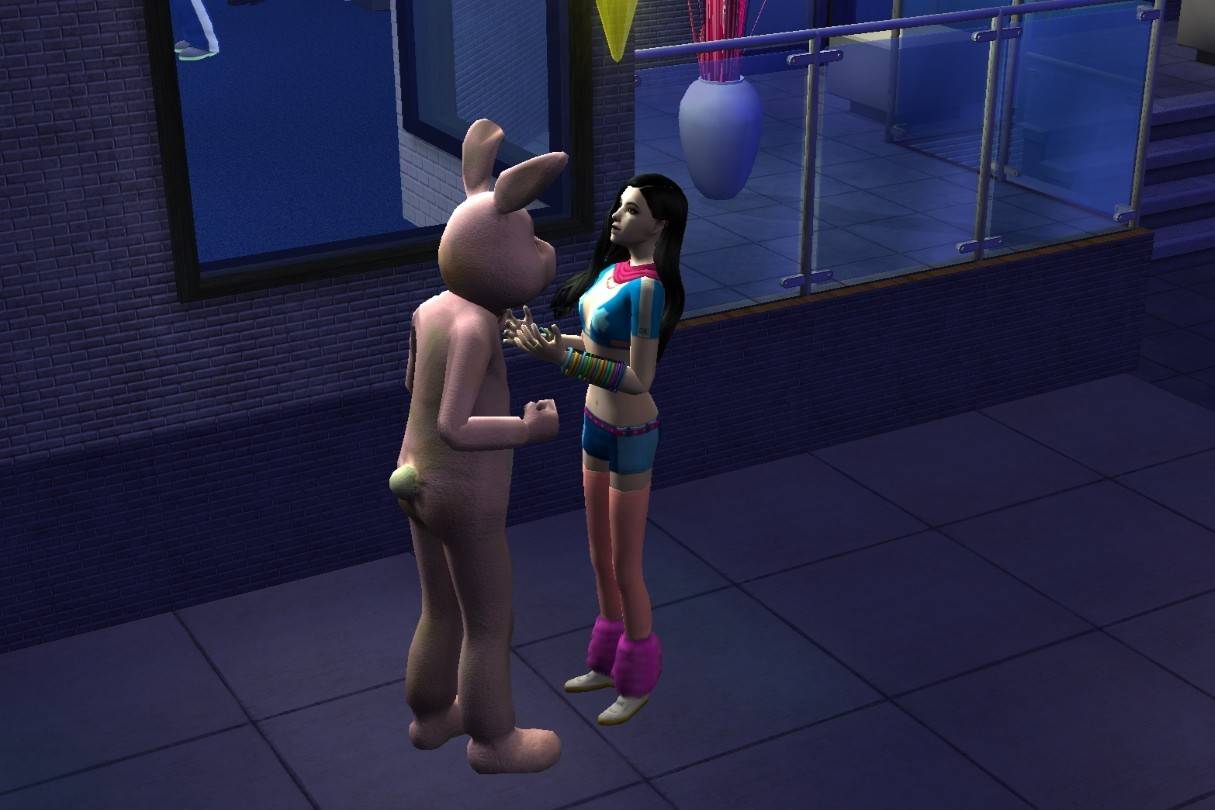 Image: ensigame.com
Image: ensigame.com
The Social Bunny appeared when a Sim's social needs were low, offering company, while the Therapist intervened during breakdowns, adding depth to NPC interactions.
 Image: ensigame.com
Image: ensigame.com
Unlocking Hobbies
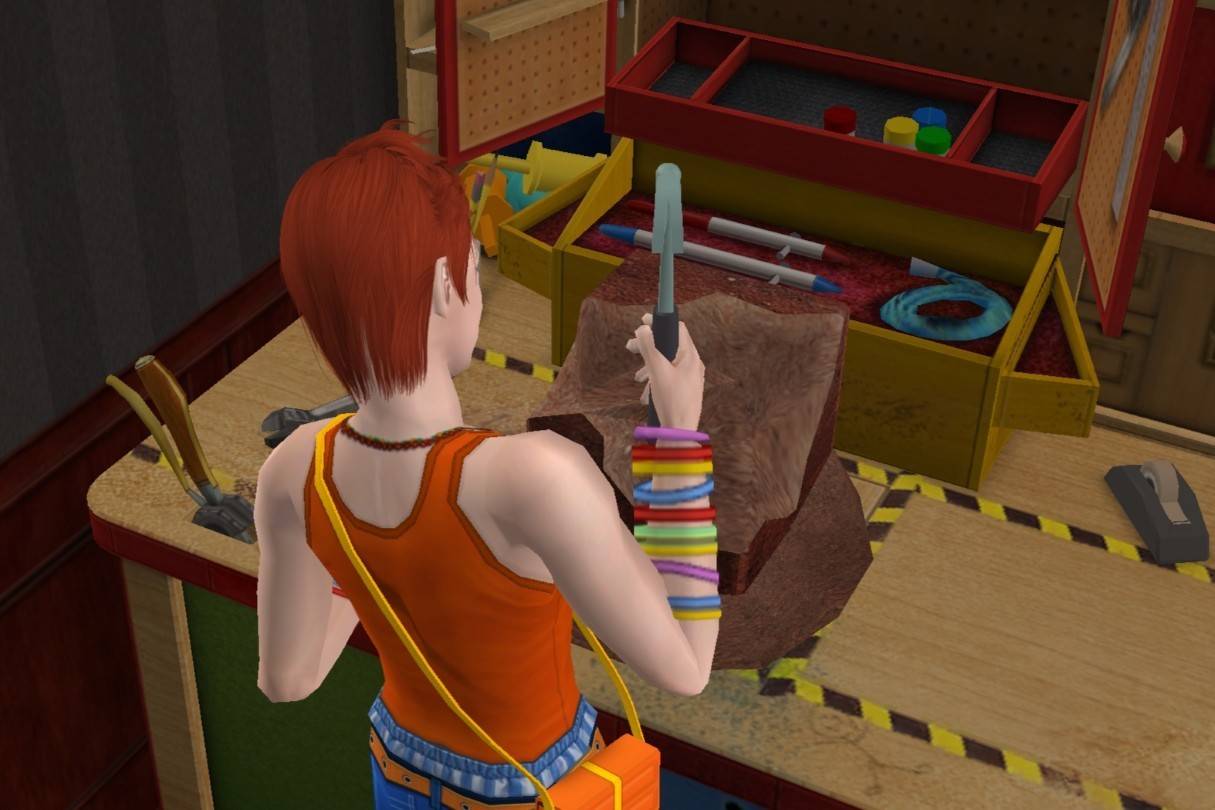 Image: ensigame.com
Image: ensigame.com
FreeTime introduced hobbies, allowing Sims to engage in activities like football, car restoration, and ballet. Hobbies fostered skill-building, friendships, and even unlocked exclusive career opportunities.
A Helping Hand
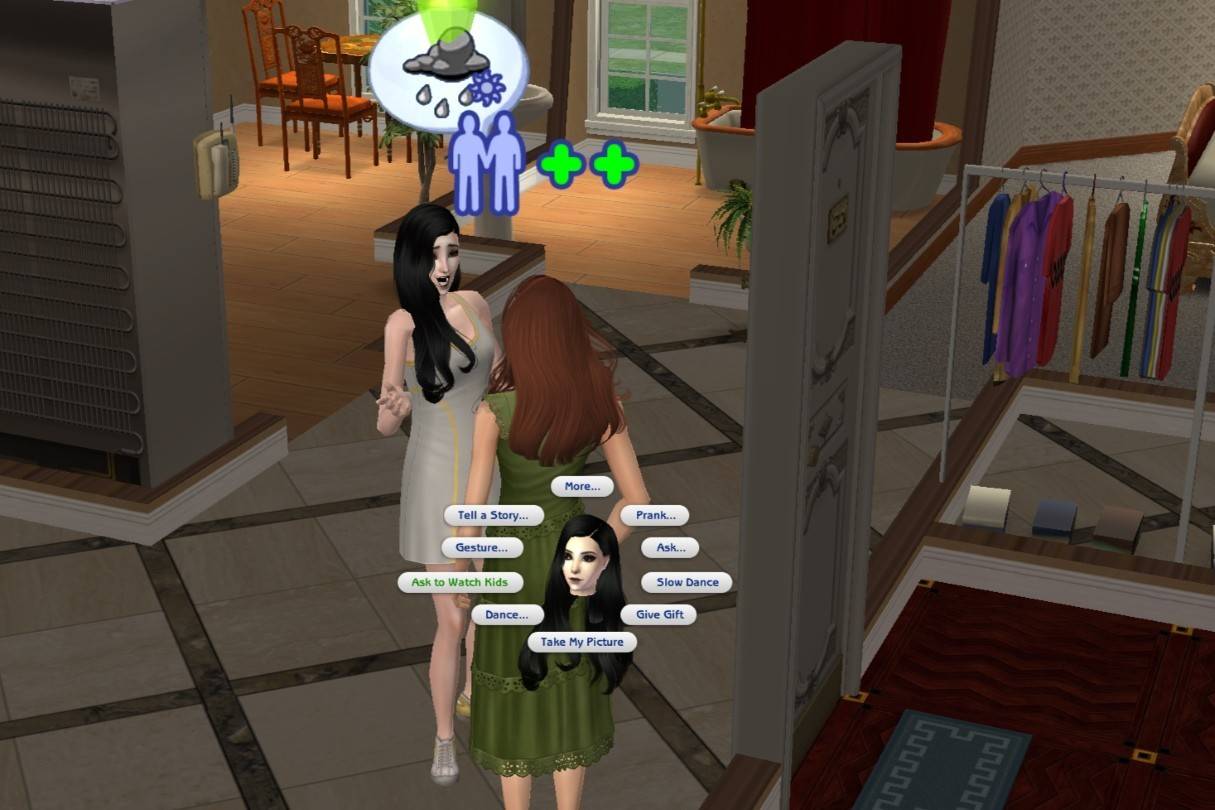 Image: ensigame.com
Image: ensigame.com
Strong relationships with neighbors enabled Sims to ask for childcare help, offering a personal touch compared to hiring a nanny.
The Sims 1 & 2 were groundbreaking in their depth, creativity, and the wealth of unique features they introduced. While we may never see all these features return, they remain a nostalgic testament to the unique experiences that made the Sims franchise so special in its early days.
Latest News
more >-

-
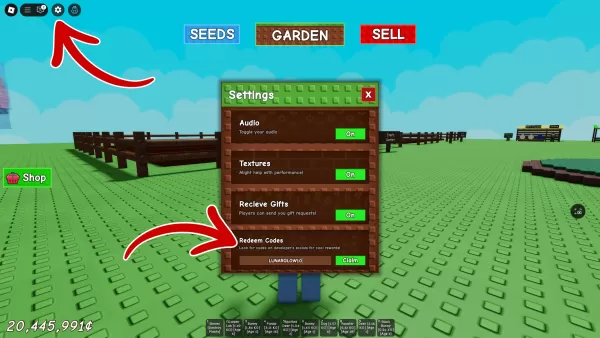
- Garden Growth Codes for May 2025
- May 14,2025
-
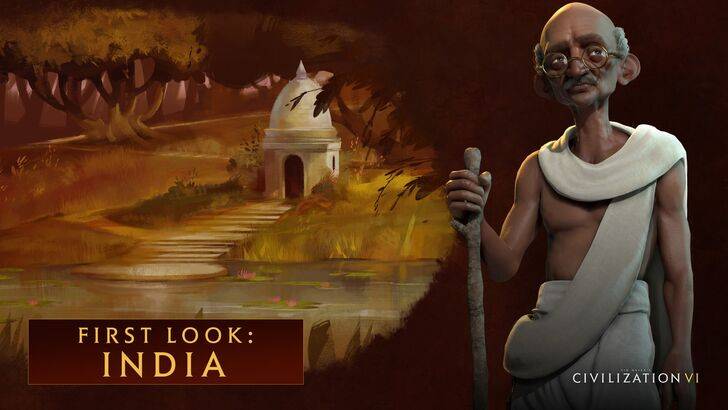
- Ghandi DLC for Civ 7 Possibly on the Way
- May 14,2025
-
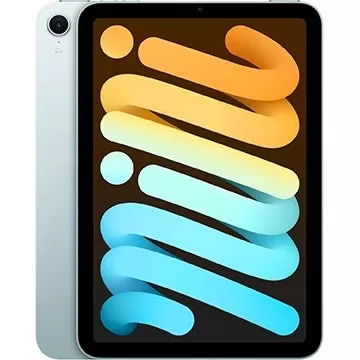
- Save $100 on Apple iPad Mini: Ideal for Travel
- May 14,2025
-

- Eternal Strands Release Date and Time
- May 14,2025
